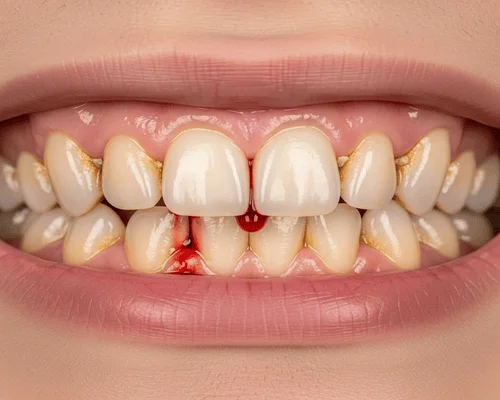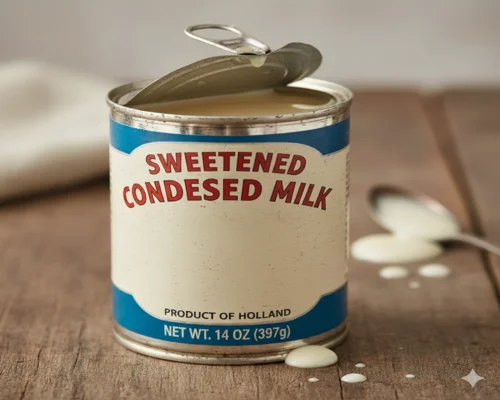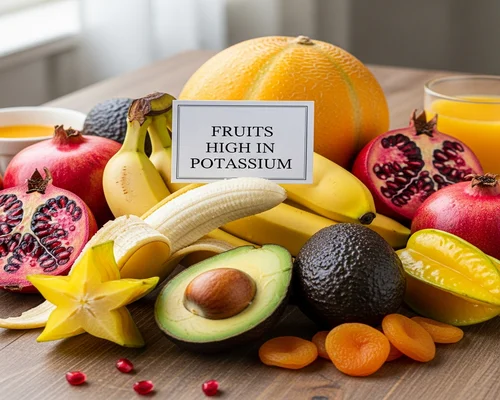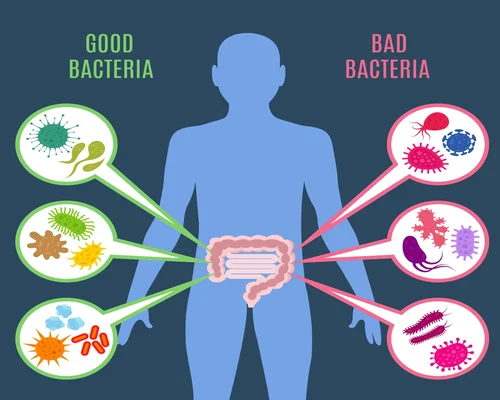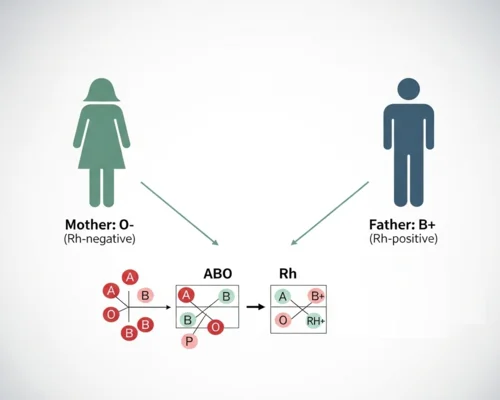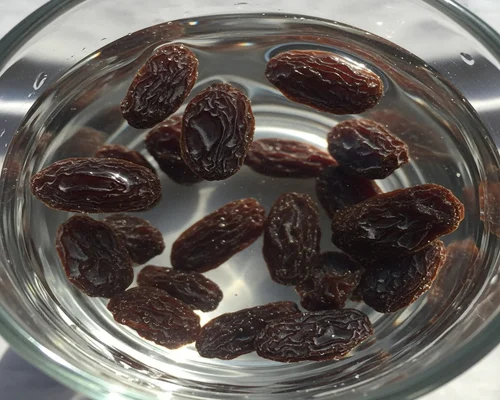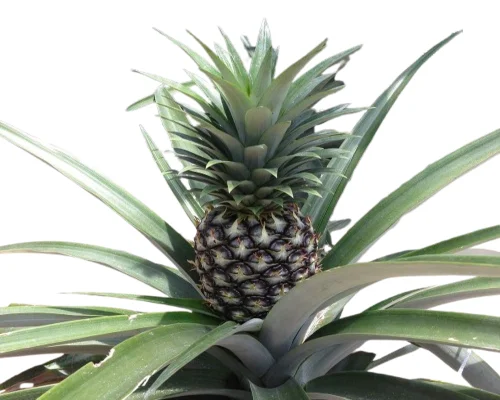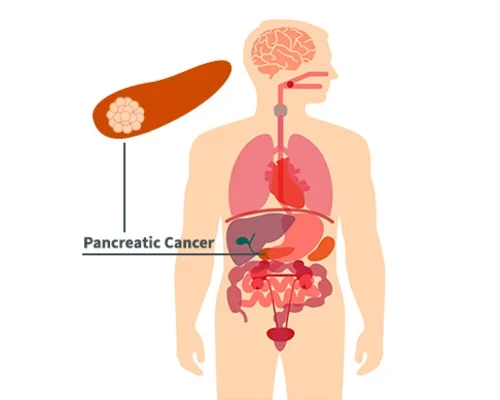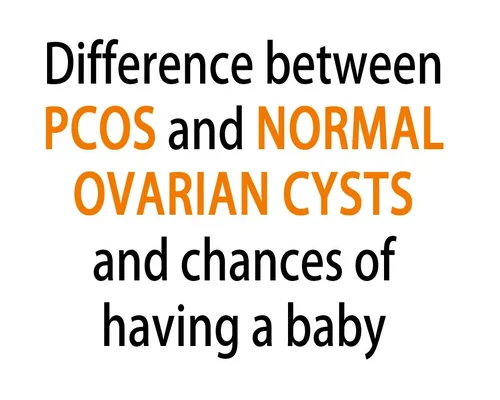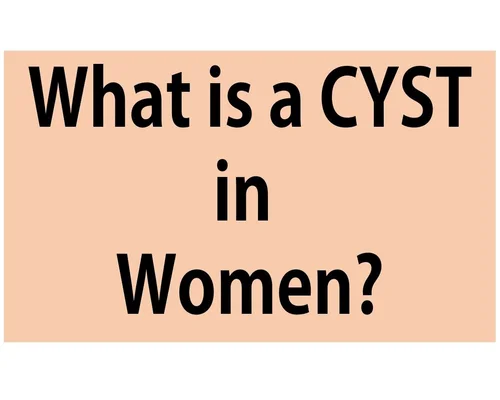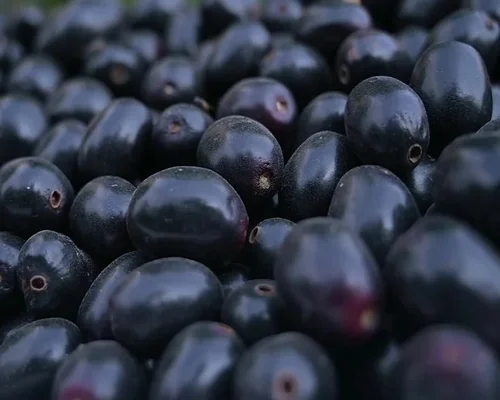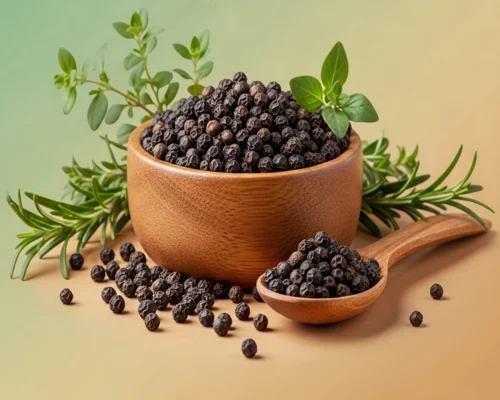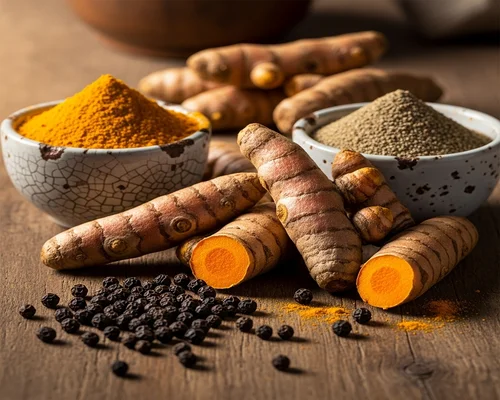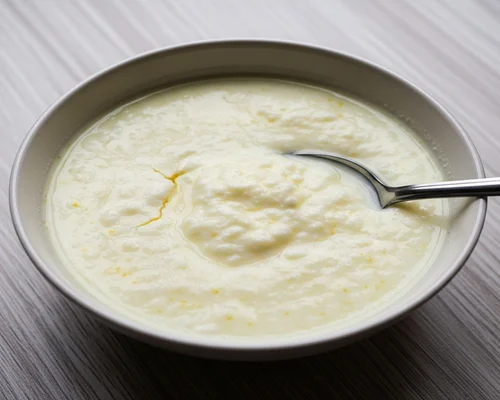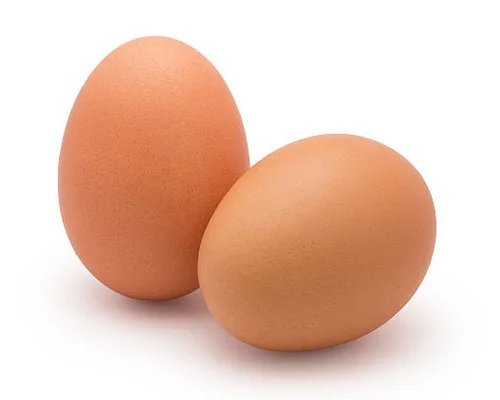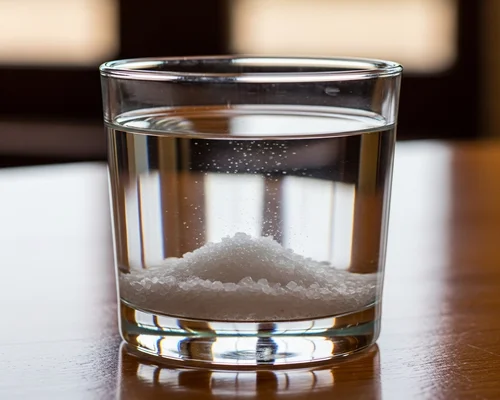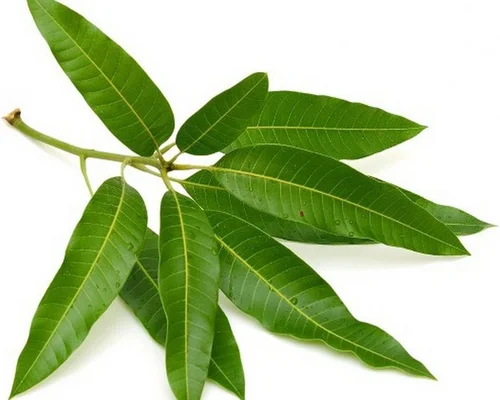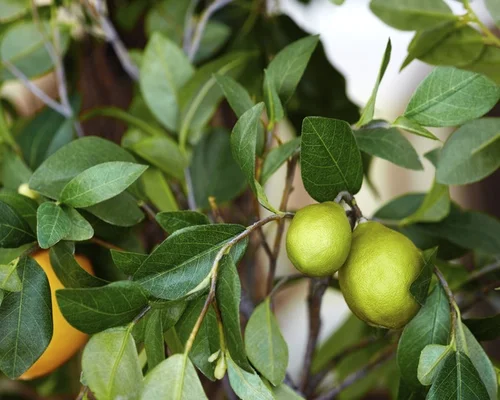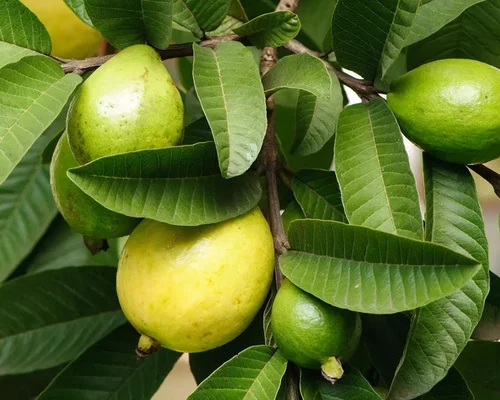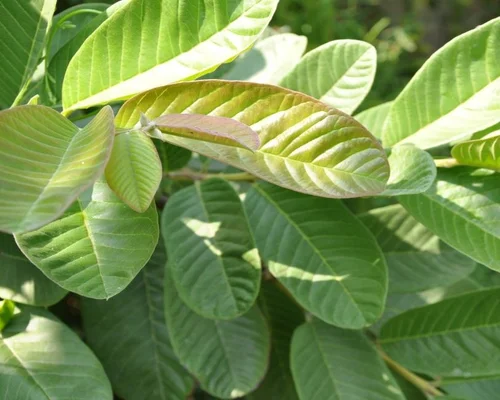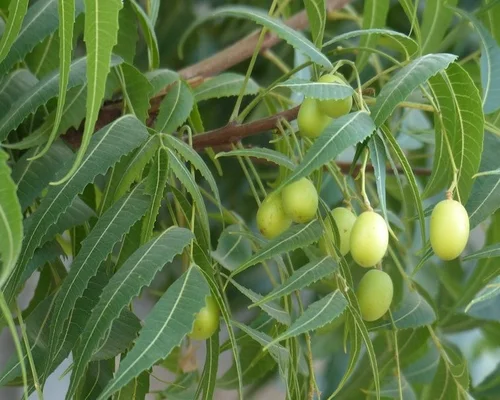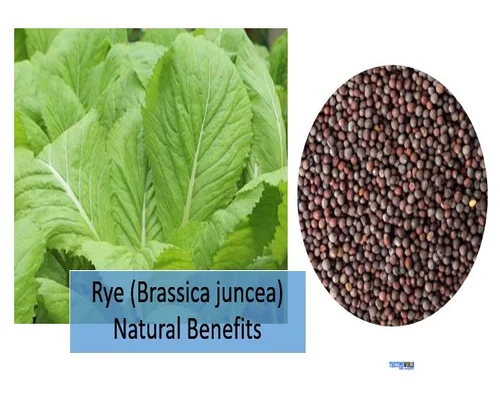
Rye (Brassica juncea) Natural Benefits and Healing Properties
Rye (Brassica juncea) Natural Benefits and Healing Properties
Description
Rye (Brassica juncea)
Rye is a well-known oil seed. It is a small perennial plant and grows up to one meter tall. It has some branches. Its stem is round, long in the middle, the leaves are simple and singly arranged on the stem. The fruit is a pod, about 2.5 cm long and contains seeds inside. The seeds are round, gray-black in color.
Origin and spread
Rye is native to Eurasia. Oil-producing Brassica plants have been cultivated in Europe for a long time. Since ancient times, Romans, Greeks and Indians used rye-mustard.
Food quality
In the Indian subcontinent, rye seeds are used in pickles and chutneys. About 30% oil is obtained from its seeds, which is used in making medicine and soap. Its oil is used in cooking and hair. Its leaves are used as vegetable.
Natural benefits and healing rituals of Rye (Brassica juncea)
Rye seeds and oil are used in the treatment of various diseases. It is also used in beauty enhancement. A handful of rye seeds are boiled in a liter of sesame or coconut oil. Then it is filtered and cooled. Apply this oil on the face with a little water before going to bed. It cures acne and improves skin radiance.
Boiling mehendi leaves in rye oil and applying it on the hair improves hair growth. Boil about 25 cc of rapeseed oil in a tin vessel and gradually add henna leaves till 60 grams of leaves are boiled. Then strain it in a cloth and keep it in a bottle. Regular application of this oil on the scalp promotes hair growth.
Toxicity
Rye seeds have emetic properties, hence causing vomiting. A teaspoon of rye seeds mixed with a glass of water induces vomiting within 5 to 10 minutes. It is especially effective in alcohol and other intoxicants.
Muscle pain
Rye seeds cause the skin to be red and hot. Rheumatoid pains, sciatica and other muscle pains are benefited by making a plaster of rye seeds or making a paste with water. However, plaster should not be applied directly to the skin, as it may cause itching. A piece of cloth should be placed between the skin and the rye paste.
Seizures in children
A therapeutic bath of one teaspoon of powdered rye seed in a gallon of hot water can be beneficial for convulsing children with high fever.
Ringworm
A paste of rye seeds applied externally works well in ringworm. This paste should be applied after washing the area with sufficient amount of warm water.

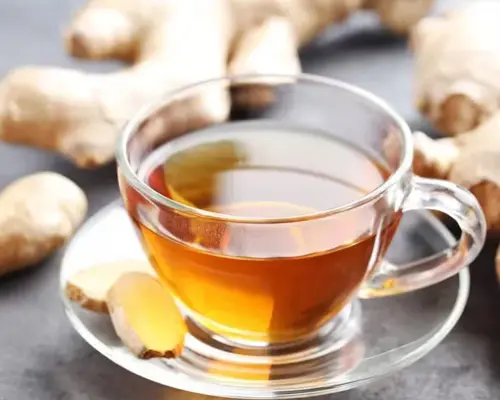
-vegetable.webp)
